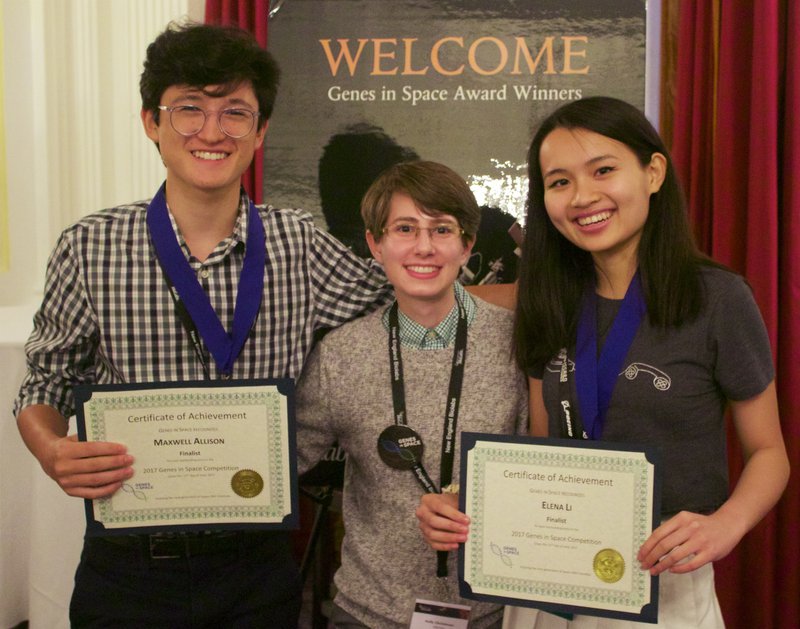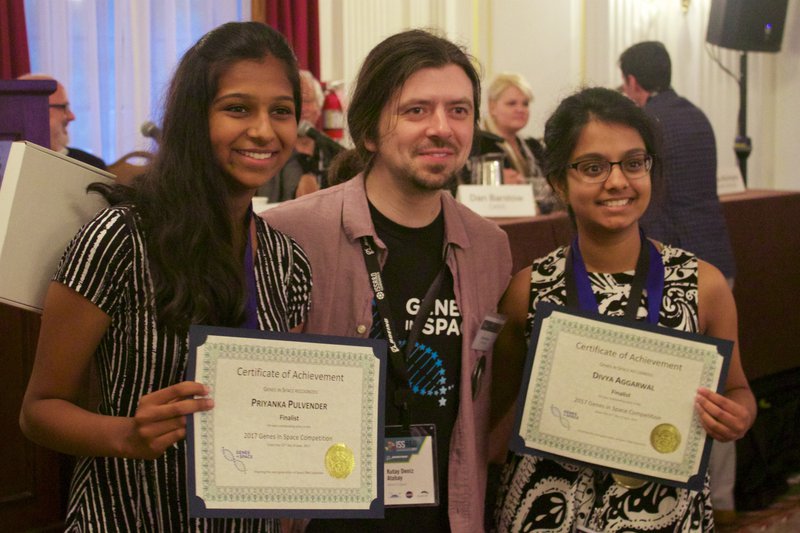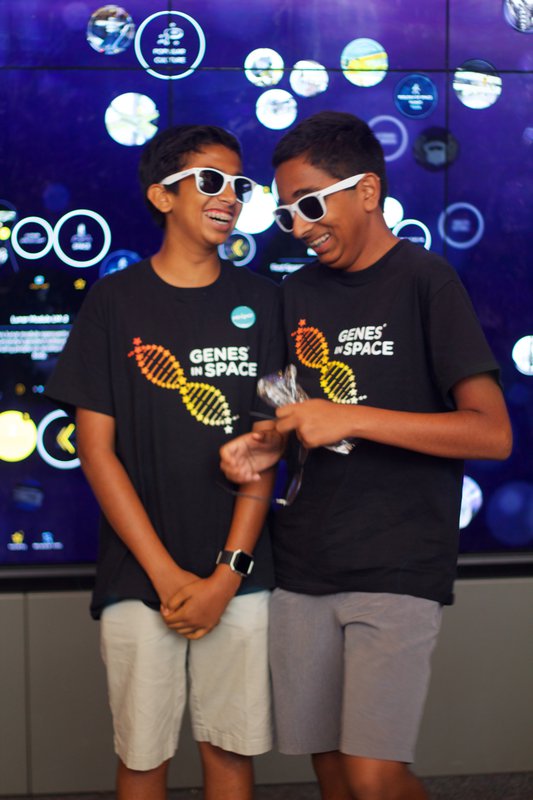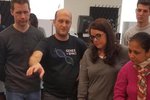Teamwork: Navigating your Genes in Space Proposal in a Team
Guest post by Alia Qatarneh
Alia will be available to discuss this post and answer your questions about Genes in Space at the next #GenesInSpaceChat on Tuesday, February 13th at 8pm EST. Submit your questions for Alia HERE.
Genes in Space is an amazing opportunity not just to you, but to your friends as well. Up to four students can work together as a team to submit one proposal. Working as a team has some advantages, but we understand it can challenging as well. Here we outline a few tips on how to transform the enthusiasm of you and your friends into a stellar Genes in Space proposal.

What makes a successful team?
Here are the five core characteristics that we believe make up a successful Genes in Space team:
Communication: Team members communicate well with each other throughout the whole proposal process. All team members have a chance for their voice to be heard and have an opportunity to share thoughts, reflect, and give feedback. Every team member must respect each other’s ideas.
Focus: Team members focus on the shared goals of the team, which are much more than just submitting a proposal. Goals and expectations should be outlined before the proposal writing even begins.
Organization: Team members must be organized throughout the process. This can refer to team members sticking to deadlines, attending and participating in meetings, and having an overall idea of what is happening within the group at all times.
Leadership: Although each team member may be given a specific role in the proposal process, one team member should be identified to be the team leader who acts as the glue. It’s important for your proposal to be cohesive. Your team has many members, but your proposal should have one voice. The team leader can establish a sense of cohesiveness by outlining deadlines and by holding others accountable.
Have Fun: This is fact! Genes in Space is supposed to be a fun experience for everyone. Don’t forget to support each other and have fun throughout the proposal process.

What are the advantages?
Idea generation: More ideas are generated when you are in a team. Although your team agrees on a specific topic that you are all passionate about, you still need to generate novel questions that form the foundation of your Genes in Space proposal. Having multiple minds participate lead to endless possibilities. You also have other people to bounce your ideas off of!
Shared workload: Teamwork can pump up efficiency by pulling on the strengths of multiple people. Team members can divide and conquer their Genes in Space proposal. Not only does this divvy up the work, but it allows for team members to play to their strengths. Someone who is a great researcher but has difficulty writing and explaining ideas may not participate in the formal writing of the proposal. Instead, he or she will dig through countless primary sources to find information that will help the team develop a great research question.
Learn by teaching: Working in a team helps you refine your own understanding through discussion and explanation. Given the 200 word limit per question in the Genes in Space proposal, is it imperative to use your space wisely and know your topic inside and out. You must learn how to explain and discuss in a brief, but clear manner. By explaining certain concepts to your teammates, you become the expert.
Teamwork: Science is a team sport. Working in a team for Genes in Space is no different from how real scientists work together on a common goal. Science is about solving problems and exploring the unknown. To do right by science, you have to take an interdisciplinary approach. This means that experts in many fields work together for the common good of science.
Remember, teamwork makes the dream work.



